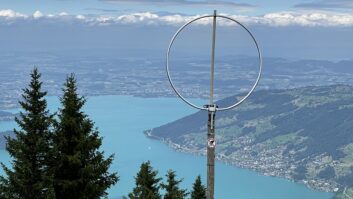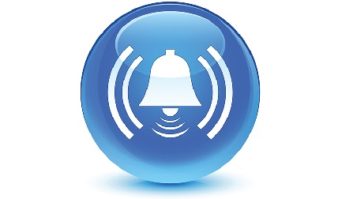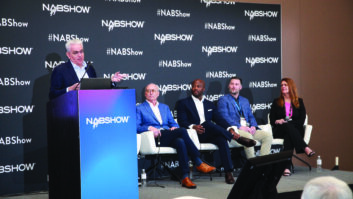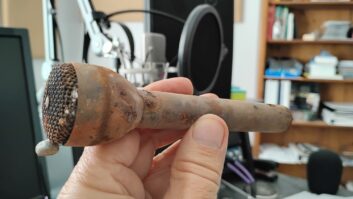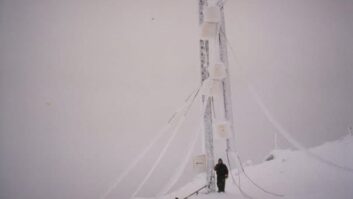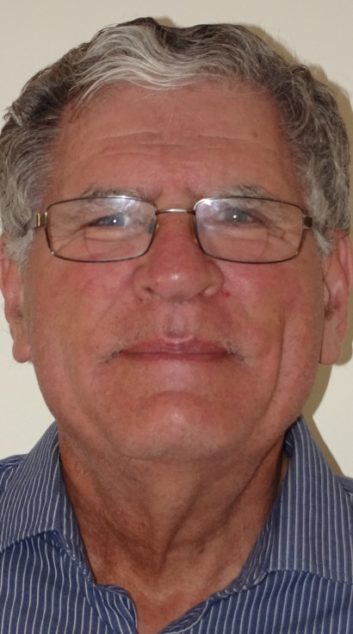
The author is a broadcast consultant based in Hamersley, West Australia.
I wish to reply to Frank Karkota’s list of comments in his article “No to Digital AM.”
- You compared a crystal set and a digital radio. A crystal set consists of an aerial, a tuned circuit for station selection consisting of an inductor and a capacitor, and diode demodulator, perhaps another capacitor and a pair of headphones. By comparison a software-designed radio consists of a much smaller aerial, a filter containing an inductor, and the capacitor is on board on a DSP chip specifically designed for digital radio. The DSP chip is doing all the tasks required of digital to produce an audio signal, just like the diode in the crystal set. I suppose you could attach a pair of tuning switches and plug a pair of headphones into the analog output, although the high-impedance headphones of the past are now not available. The main difference between the two is that the digital radio has stereo sound, and the distance to the transmitter can be considerably greater for everyday reception.
- As for the availability of parts, have you gone to a store and tried to buy a new variable tuning capacitor or a germanium diode? The silicon types used in power supplies are commonly available but unsuitable. SiliconLabs is in Austin, Texas, and has 1,500 employees. The parts suppliers who make the chips are not only in China but South Korea, Taiwan and India. The receiver complexity is in one DSP designed radio chip, which replaces the germanium diode. So if it fails you replace the chip as you would have if the diode had failed. They are both “black boxes.” This article shows how to make a modern AM/FM/DAB+ radio. The signal processing in DAB+ is very similar to DRM except for the tuning bands.
- Infotainment systems in new cars use DSP so it is easy to add digital reception of DRM, DAB+ and HD Radio (with a license fee). This ability is in the radio DSPs already. DAB+ and DRM radios are tuned by station name, not frequency. There is already a DRM radio that contains a Bluetooth hotspot so the radio is tuned by a mobile phone and a box containing the receiver is connected to the antenna and puts out USB or FM stereo. Hybrid radio is pushing the sending of the station logo sent to the radio via mobile broadband, which is not necessary in DAB+. DRM can already do this. The HD Radio receiver will switch to mobile broadband instead of AM or FM when the digital signal contains too many errors.
- DRM sound quality has been upgraded through the use of a new compression algorithm called xHE AAC. Listen to this on a good pair of stereo headphones. The Dream software has only recently been able to decompress xHE-AAC signals.
- As the signal quality deteriorates, the AM signal becomes noisy but the stereo DRM signal continues until the AM is unlistenable, then it will start muting on errors. It is also good at rejecting adjacent-channel interference. As you point out, it removes the phasing effects caused by multiple reflections from the ionosphere due to error correction.
- You can keep your car for 10 years if you wish and buy an adaptor to connect between the aerial and the existing car radio. You may need a mobile phone or a clip on a dash-mounted controller to tell the adaptor what program to listen to. Norway now has no AM/FM broadcasts by major networks, only DAB+. Ratings have returned to normal since conversion..
I would like to add the following comments of my own:
- In Europe, AM has been disappearing, so much that many radios are either DAB+ digital and FM, or FM only.
- I would like to suggest that in the Americas, that the virtually deserted TV Channels 2 to 6 could be used for DRM. There are enough channels available for all AM and FM broadcasters; and because there are no overlapping channels, high power can be used to give larger coverage areas than FM.
- AM started broadcasting 100 years ago and is very inefficient compared to DRM, where the electricity consumption is reduced by >67 % because it has no carrier.
Comment on this or any article. Email [email protected].
[Related: “BBC’s Fry: Digital on AM Is the Way Forward”]
